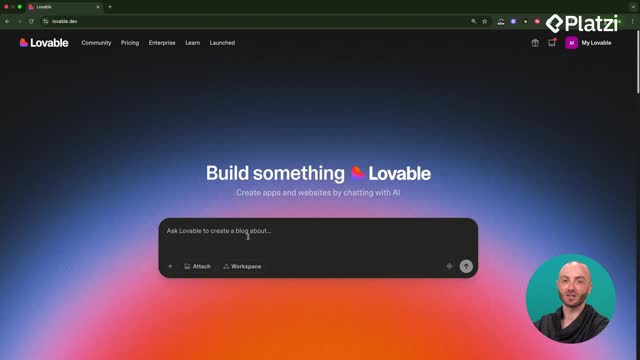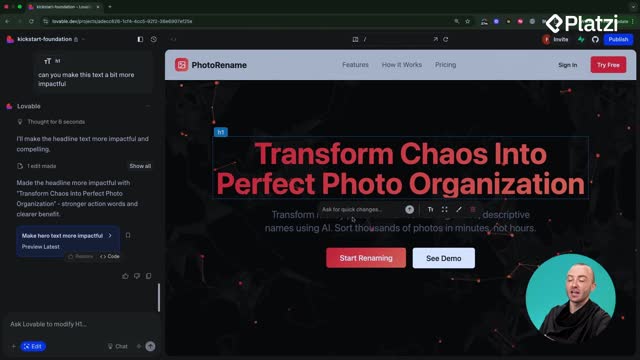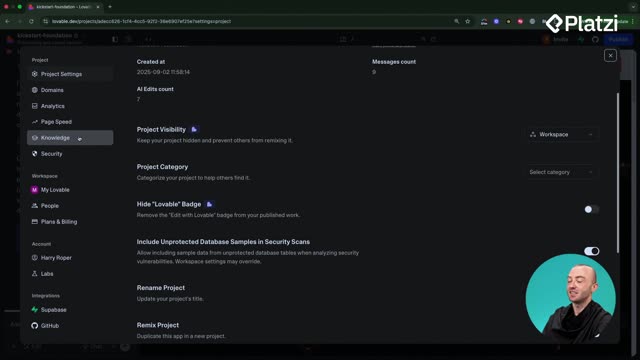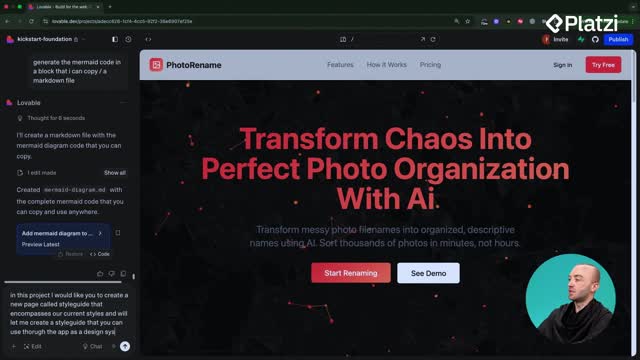Strong products grow from real user feedback. Here you’ll learn practical ways to collect, visualize, and prioritize feedback using Lovable and Supabase, plus a visual option with BugHerd. Keep it simple, focus on high‑value changes, and move fast with clarity.
Why does user feedback shape your product?
User feedback guides what to build next. It helps validate ideas and remove guesswork. The focus is on reducing friction and making it easy to share opinions.
- Use a simple “Send Feedback” box with a single field.
- Avoid asking for names or extra details unless essential.
- Store feedback so you can search, review, and act.
How to collect feedback in Lovable without friction?
Lovable makes it easy to add a lightweight form and reuse the data later.
- Add a feedback box: a single prompt and a send action.
- Keep the flow minimal to boost response rates.
- Reuse the stored responses to inform decisions.
How to make feedback visible in a dashboard?
Bring feedback into your app’s admin area so you can review it regularly.
- Add a table to the dashboard to show all user feedback.
- Build small internal tools to manage inputs from users and clients.
- Keep visibility high so the team aligns on priorities.
How do you manage and prioritize feedback in Lovable?
Centralize feedback, fix visibility issues, and add a simple scoring method. This helps teams sort what matters and ship faster.
- Allow the feedback table to be viewed by anyone logged in using an RLS rule.
- If only your own feedback appears, check the front end logic.
- Use chat mode to scan Supabase and the codebase, propose a plan, and apply a fix.
What is an effective prioritization strategy?
A clear system beats long debates. Add signals that help you decide quickly.
- Add a 1–5 star rating to prioritize features on front end and back end.
- Prefer small changes with high user value over large, one‑off requests.
- Rate each item’s value for the end application with your team.
- Remove feedback that isn’t relevant to your product direction.
Which tools help you collect clearer feedback?
Choose a flow that fits your workflow: embedded tools in Lovable or a visual tracker like BugHerd.
- BugHerd adds a button to your site to tag elements and leave comments.
- It takes screenshots and lists them on a kanban board as tasks.
- See where others commented to avoid duplicates.
- Integrate with Linear, Jira, or other Atlassian tools.
- Or build a simple internal tool in Lovable to manage everything in‑app.
Have a question or a tip about collecting actionable feedback? Share it in the comments and let’s learn together.





